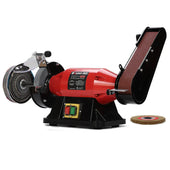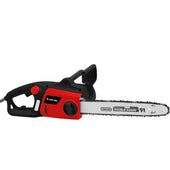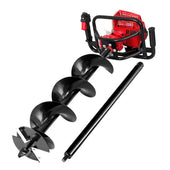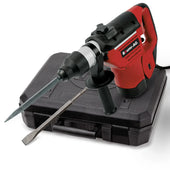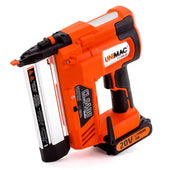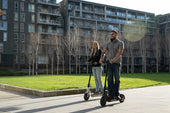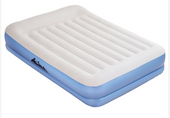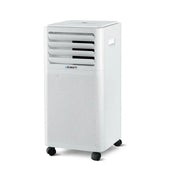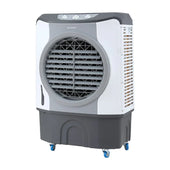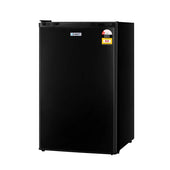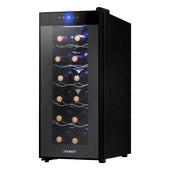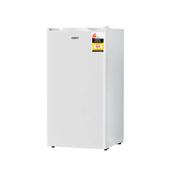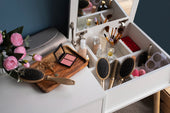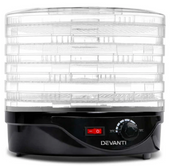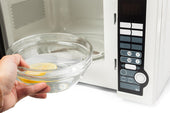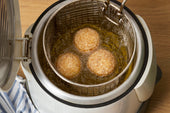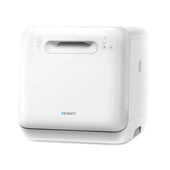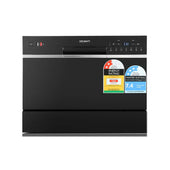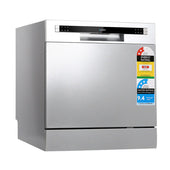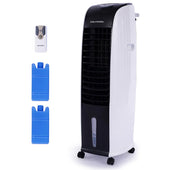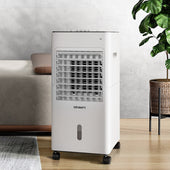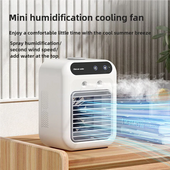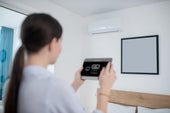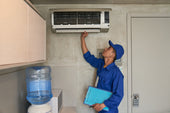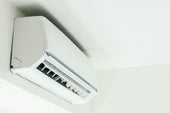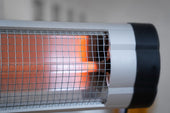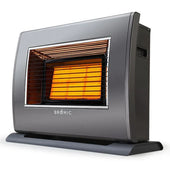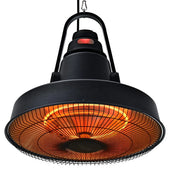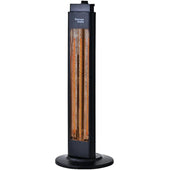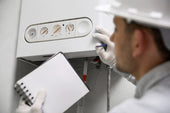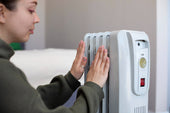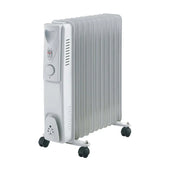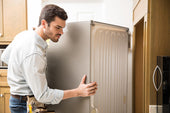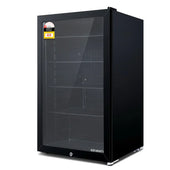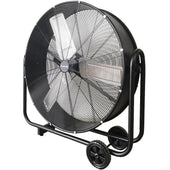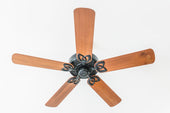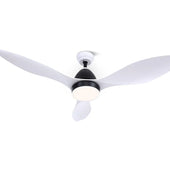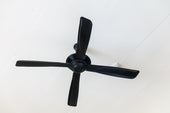Introduction to Heat Guns: A Must-Have Tool for DIY Enthusiasts
A heat gun is a versatile device that delivers a stream of hot air, making it an indispensable tool for countless DIY projects. It resembles a hairdryer but operates at significantly higher temperatures, typically ranging from 100°C to over 600°C. Heat guns can adapt to a variety of applications, offering both precision and efficiency.
Common Uses of Heat Guns:
- Paint Stripping: Removes old, stubborn paint layers without using harsh chemicals.
- Shrinking Materials: Perfect for heat-shrinking tubing or plastic wraps.
- Bending Plastics: Softens plastics for shaping or moulding.
- Removing Adhesives: Loosens glue for easier removal of stickers or labels.
Whether you are crafting, repairing, or redecorating, a heat gun is an essential addition to any toolset.
Key Features to Look for When Choosing a Heat Gun
- Adjustable Temperature Settings: Opt for a heat gun with variable temperature controls to adapt to different tasks, whether stripping paint or shrinking plastic.
- Temperature Range: A wide temperature range provides versatility for intricate or heavy-duty applications.
- Airflow Control: Adjustable fan speeds or airflow settings ensure precision for delicate projects or fast operation for larger jobs.
- Built-in Safety Features: Look for overheat protection, cooling modes, and durable casing to minimise risks during use.
- Nozzle Attachments: Diverse nozzle types, such as concentrator or deflector nozzles, increase the tool's functionality.
- Ergonomic Design: Lightweight builds with comfortable grips ensure prolonged use without strain.
- Cord Length or Cordlessness: Longer cords or cordless models offer better flexibility and mobility when working.
Top 10 Heat Guns for DIY Projects: A Detailed Comparison
Choosing the right heat gun is essential for DIY enthusiasts, from stripping paint to shrink-wrapping and crafting. Below is a comparison of the top 10 heat guns based on performance, features, and versatility.
- DeWalt D26960K Features adjustable temperature control, LCD display, and overload protection for safety. It’s ideal for delicate tasks requiring precision.
- Bosch PHG 600-3 A lightweight option with variable heat settings, integrated thermal cut-out, and ergonomic grip for prolonged use.
- Black+Decker HG1300 Reliable for general use, offering two temperature settings. Compact design makes storage convenient.
- Wagner Furno 500 Dual temperature settings and cool-down mode ensure efficiency for both novice and experienced users.
- Makita HG6031VK Known for durability, this model comes with variable temperature control and a temperature lock feature.
- Milwaukee 2688-20 Cordless design for mobility, offering fast heat-up and precise temperature adjustments for smaller projects.
- Porter-Cable PC1500HG Affordable with two fan speeds and temperature adjustments, suitable for everyday DIY jobs.
- Steinel HL 2020 E Equipped with an advanced LCD temperature control system and memory function for repeat tasks.
- Ryobi Heat Gun EHG2000 Features variable heat settings, built-in stand, and durable construction for heavy-duty DIY.
- Genesis GHG1500A Great for budget-conscious users, providing multiple nozzle attachments and adjustable heat control.
Each heat gun provides a unique combination of features to meet specific project needs, ensuring versatility and convenience.
Safety Tips and Best Practices for Using Heat Guns
When operating a heat gun, attention to safety ensures both effective use and accident prevention.
- Choose the Right Setting: Select the appropriate temperature and airflow for the task. Excess heat can damage materials or pose fire hazards.
- Wear Protective Gear: Use safety goggles and heat-resistant gloves to shield skin and eyes from heat and debris.
- Maintain Ventilation: Operate in a well-ventilated area, especially when working with materials that emit fumes under heat.
- Avoid Direct Contact: Refrain from pointing the gun at skin or combustible surfaces to prevent burns or ignition.
- Monitor Tool Placement: Place the heated gun on a non-flammable surface while cooling, ensuring it remains upright.
Proper precautions significantly enhance user safety and extend the tool’s longevity.
Common DIY Applications for Heat Guns
Heat guns are versatile tools with a variety of practical uses for DIY enthusiasts. Below are some common applications:
- Paint Removal: Heat guns soften old paint, making it easier to scrape off without using harsh chemicals.
- Shrinking Plastic Wrap: They are commonly used to shrink plastic films for packaging or sealing items.
- Thawing Frozen Pipes: Carefully applying heat can defrost metal or plastic pipes.
- Craft Projects: A heat gun can be used for embossing, candle-making, or bending plastics in creative projects.
- Removing Adhesives: Hardened glue, stickers, or decals can be softened for effortless removal.
- Drying Materials: Heat guns speed up drying for paints, glues, or wet wood.
Their adaptability makes them an essential addition to any toolbox.
How to Maintain and Extend the Life of Your Heat Gun
Proper maintenance of a heat gun ensures its efficiency and prolongs its lifespan. Regular care begins with cleaning. Dust and debris can accumulate in the air vents, so these should be cleared using a soft brush or compressed air. Always allow the tool to cool completely after use before storing it in a dry, cool location.
Inspect the power cord regularly for damage, as frayed wires can cause malfunctions. Avoid overusing a single heat setting or overloading the motor with prolonged use. If available, consult the manufacturer’s manual for specific service intervals.
Using attachments safely and storing accessories properly also reduces wear.
Conclusion: Finding the Right Heat Gun for Your DIY Needs
Selecting the right heat gun depends on the specific requirements of your projects and the features that enhance usability. Users should assess their tasks, whether it’s stripping paint, shrinking tubing, or loosening adhesives, and choose a heat gun with adjustable temperature controls and a wide temperature range. Considering the weight and ergonomics is essential for ease of use, especially during prolonged applications.
Some additional factors to evaluate include:
- Nozzle Attachments: Useful for precision and versatility.
- Safety Features: Look for thermal cut-out and cool-down modes.
- Power Output: Higher wattage handles more demanding tasks.
Understanding individual needs ensures better performance and functionality.



